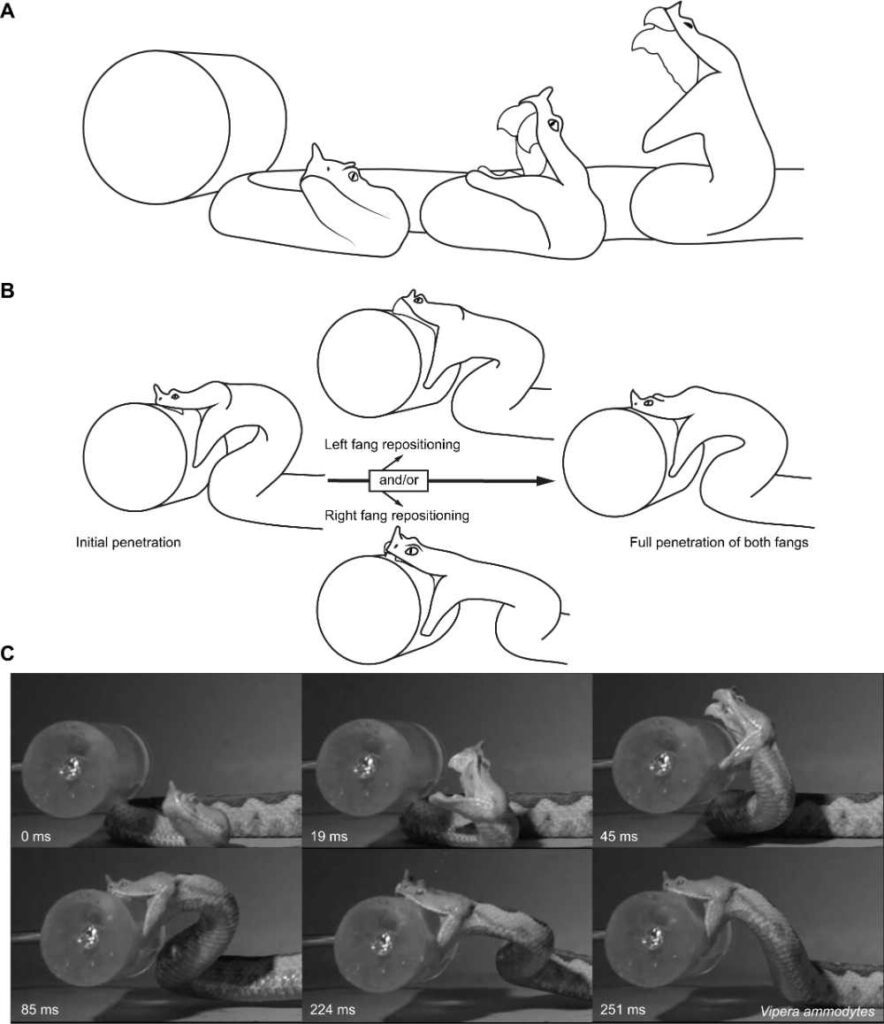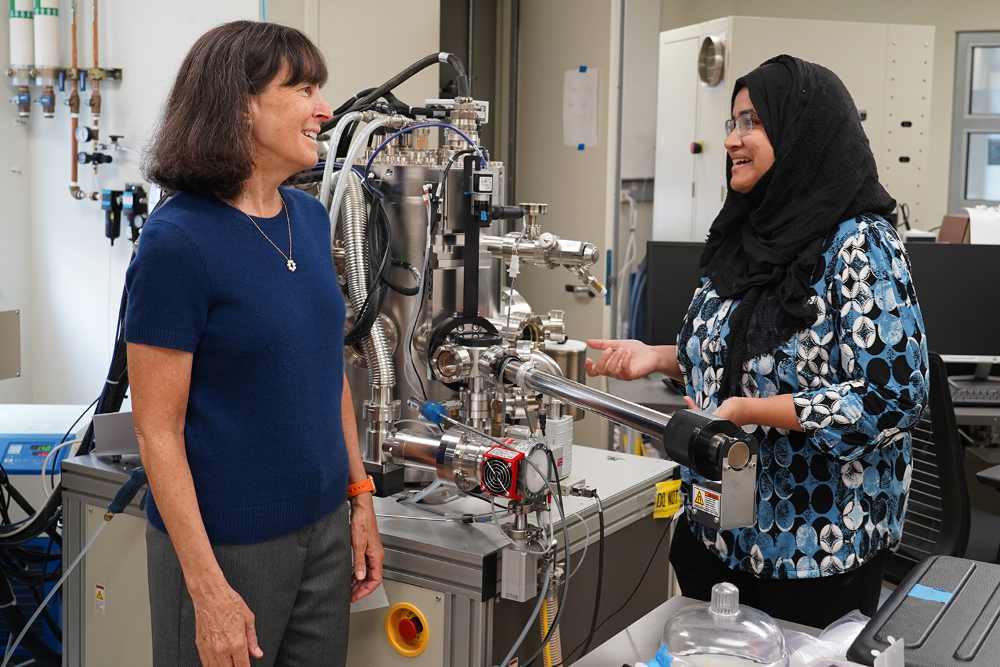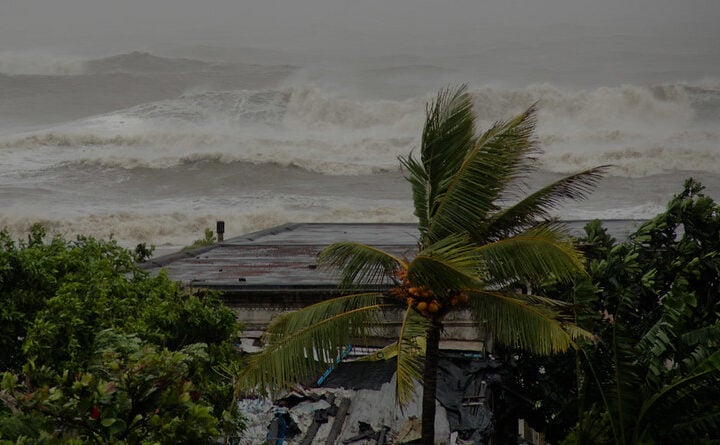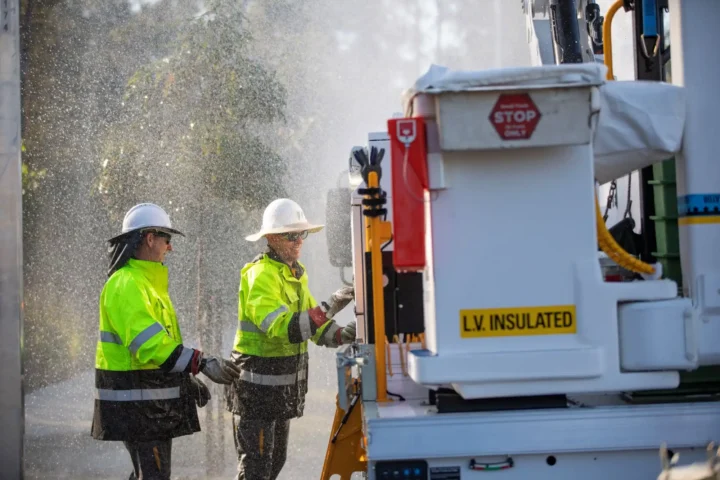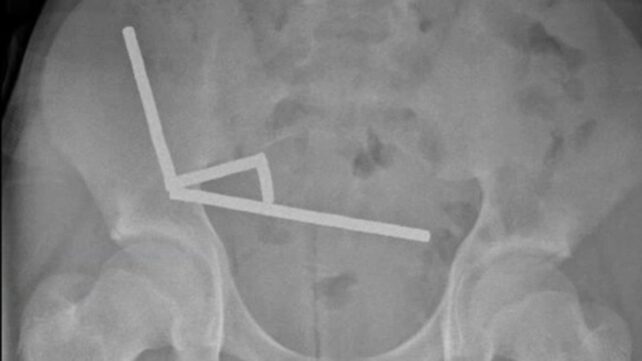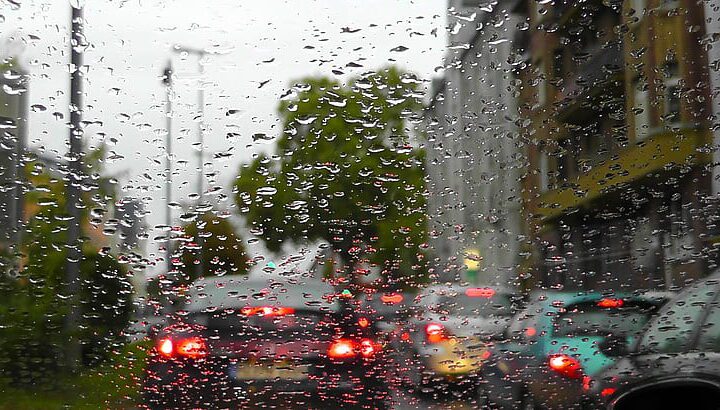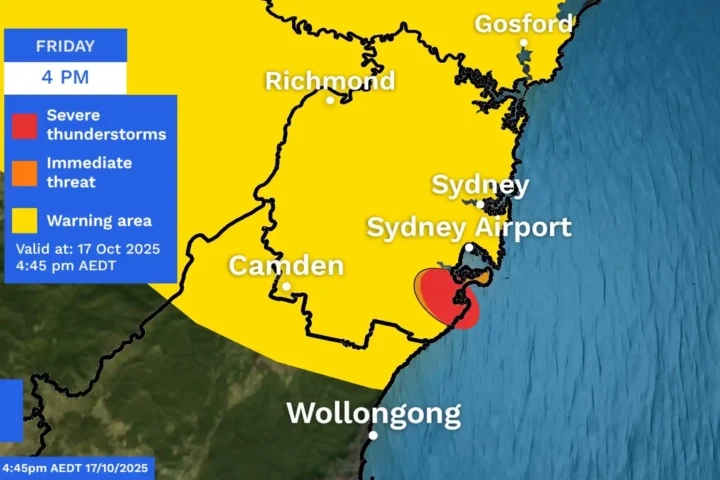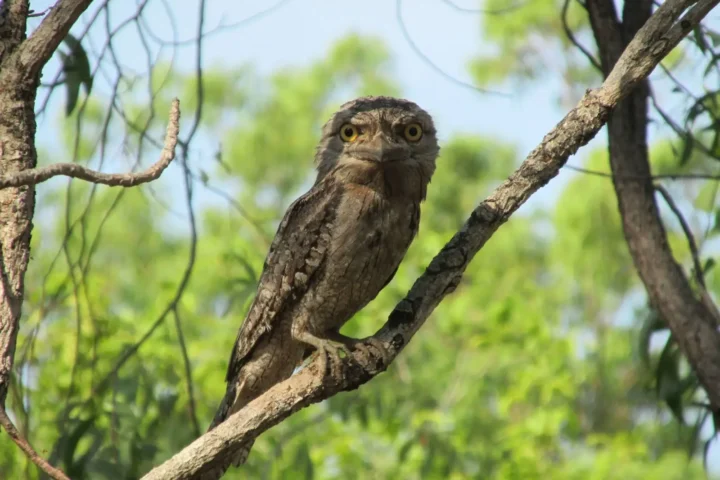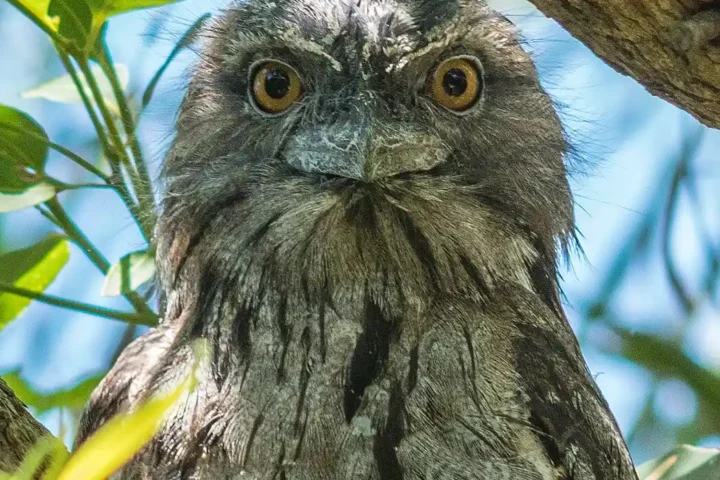Queensland’s Tropical Rainforests Now Release More Carbon Than They Absorb
A long-term record from north‑eastern Australia reports a shift in above‑ground biomass balance: heat, drought, and cyclone damage are linked to tree deaths; a CO₂‑driven biomass boost was not detected.
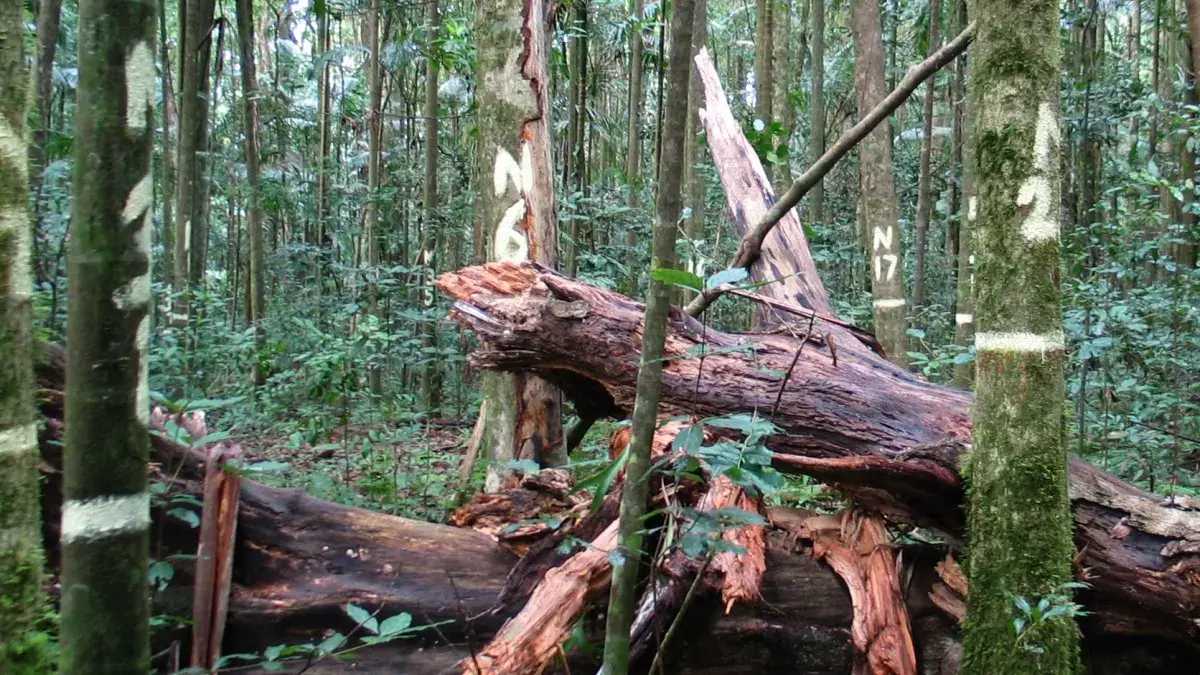
Factual intro
An international team including researchers from the Australian National University, the University of Edinburgh, and the French National Research Institute for Sustainable Development used long‑term records of about 11,000 trees at 20 rainforest sites in Queensland. The summary states a shift from carbon sink to source around the year 2000, with above‑ground biomass losses near one thousand kilograms of carbon per hectare per year during 2010–2019.
Above‑ground carbon balance (indicative, per hectare)
Values reflect the summary: strongest sink in 1970–1980, transition around ~2000, losses during 2010–2019.
Where were the long‑term rainforest plots?
Marker placed near the Wet Tropics of Queensland (approx.). This visual is illustrative for location context.

